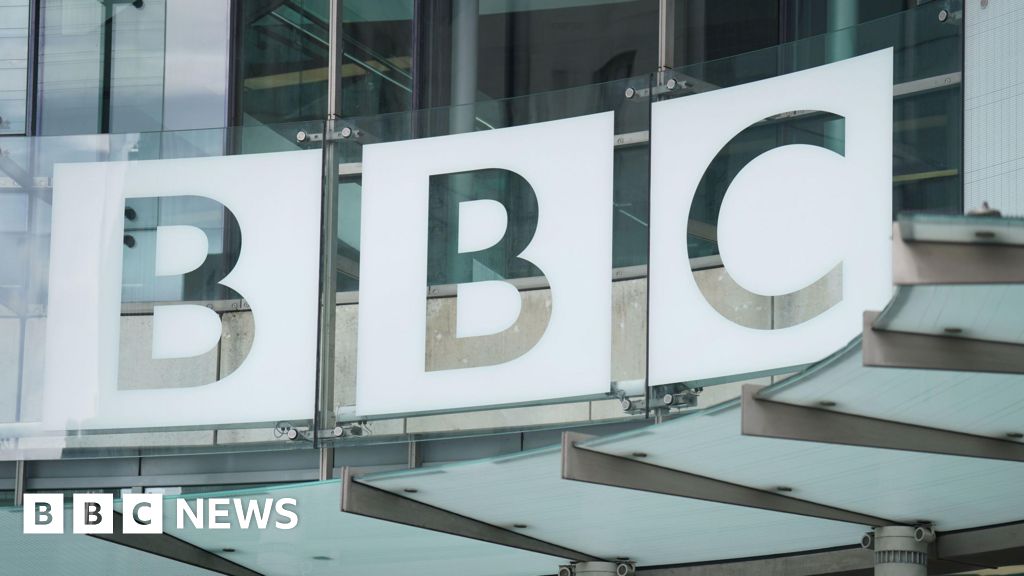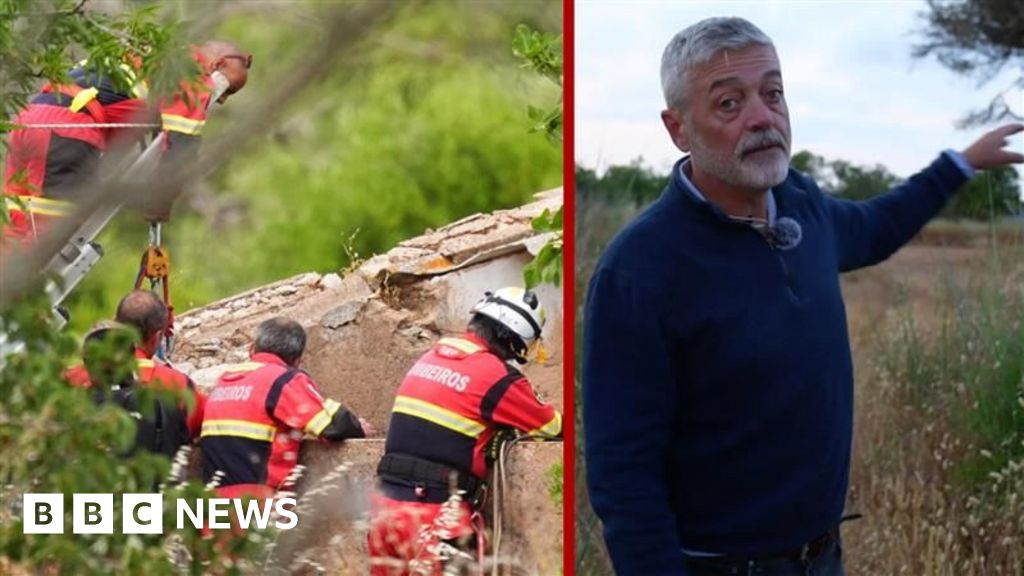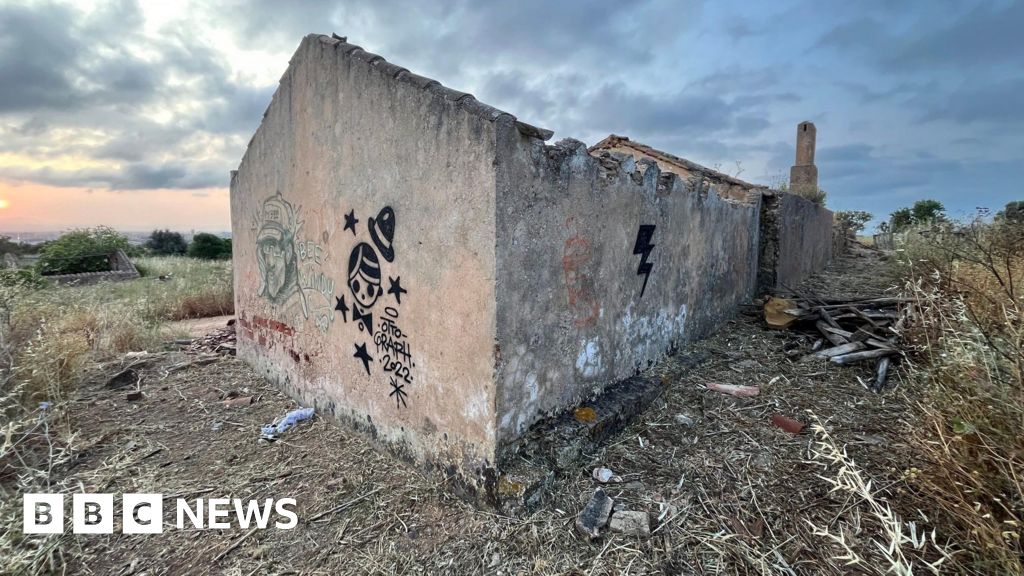ARTICLE AD BOX
By Reality Check team
BBC News
image sourceGetty Images
image captionLocal people told journalists there'd been only one blast from the missileA US drone strike on 29 August just north of Kabul airport, which killed several members of the same family, has left a number of unanswered questions.
The US military says it acted based on intelligence of what it called a "very specific threat" from the local affiliate of Islamic State group (IS), and says it's now investigating the incident.
Accounts given to journalists by local people have contradicted claims by US officials about the attack.
What's the US explanation for the strike?
The US says it targeted a vehicle linked to the Afghanistan branch of IS, in order to eliminate "an imminent... threat to Hamid Karzai International airport." It claims there were "secondary" explosions after the initial strike on the car, indicating they'd hit the right target.
A US Central Command statement on 29 August - the day of the strike - talked of "substantial and powerful subsequent explosions... [which] indicated a substantial amount of explosive material [in the vehicle]." The next day, Defense Department spokesman John Kirby said they were certain there were secondary blasts after the initial hit.
But when asked how he knew, he would not say.
At the same briefing, General Hank Taylor told journalists they were confident the subsequent blast or blasts were caused by material intended for use in an attack - rather than by a gas cylinder or something else exploding.
Three days earlier - on 26 August - more than 100 civilians and 13 US troops had died in a suicide attack near the airport, which was claimed by a local branch of the Islamic State group.
What do local people say about the attack?
The location of the drone strike is in a heavily built-up part of Kabul called Khaje Bughra, near the airport. Relatives and neighbours in the area have disputed the justification for the strike, telling journalists that US intelligence was wrong, and that there was no Islamic State presence in the area.
They say six children were among the victims of the attack, which happened as a member of the Ahmadi family was parking a car outside their home.
BBC journalists visited the site afterwards, and one of them - Malik Mudassir - told us that people he'd spoken to in the neighbourhood said they had not heard other blasts after the initial strike on the car.
Journalists from other media organisations who visited the area and spoke to Ahmadi family members, were told that a missile went through the car and detonated in the ground below. They were also told there was only one explosion, and that a vehicle parked nearby had been partly burnt in the blast.
Some family members pointed to gas cylinders in the courtyard of the house which were undamaged, asking why these hadn't also exploded if a bomb had gone off in the car that was hit.
What does the evidence show?
Video filmed from nearby does show fresh plumes of smoke rising from the site after the initial blast, suggesting several explosions.
One expert, Brian Castner of Amnesty International, said the visual evidence led him to believe this was a single strike, followed by a fire in the car itself, and possibly the explosion of a fuel tank in a neighbouring vehicle.
"I have not seen evidence of a secondary blast," he told us. "If there had been a significant secondary explosion, I would have expected to see much more damage in a confined space."
He said there appeared to be only light fragmentation damage on the adjacent vehicle and on the walls of nearby buildings. He also points out that the black smoke that can be seen rising in a video filmed from nearby, is consistent with a petrol fire from a vehicle.
Islamic State in Afghanistan is known to largely use ammonium nitrate as an ingredient for bombs, as it can be made from agricultural fertiliser, says the BBC security correspondent Frank Gardner.
More powerful bombs using plastic explosives would have to be sourced from a military supply, he says. Ammonium nitrate will explode in certain circumstances, such as coming into contact with open flames or another ignition source, or being subject to very high temperatures.
image sourceGetty Images
image captionFamily members inspect damage to the outside of adjacent housesPlastic explosives can also detonate if in proximity to another explosion, although they are not easily set off by flames.
We've asked the US Department of Defense to clarify what explosives they think were in the vehicle and who exactly the target was, but have not so far had a response.
On 1 September, Joint Chiefs of Staff Chairman Gen Mark Milley told journalists an investigation was ongoing, adding that it was "reasonable" to conclude there were secondary explosions, because there was explosive material in the car.
He also said that "at least one" of those killed was from the Islamic State.
"There are others killed. Who are they? We don't know. We'll try to sort through all that... but at this point we think that the procedures were correctly followed."

 3 years ago
70
3 years ago
70








 English (US) ·
English (US) ·